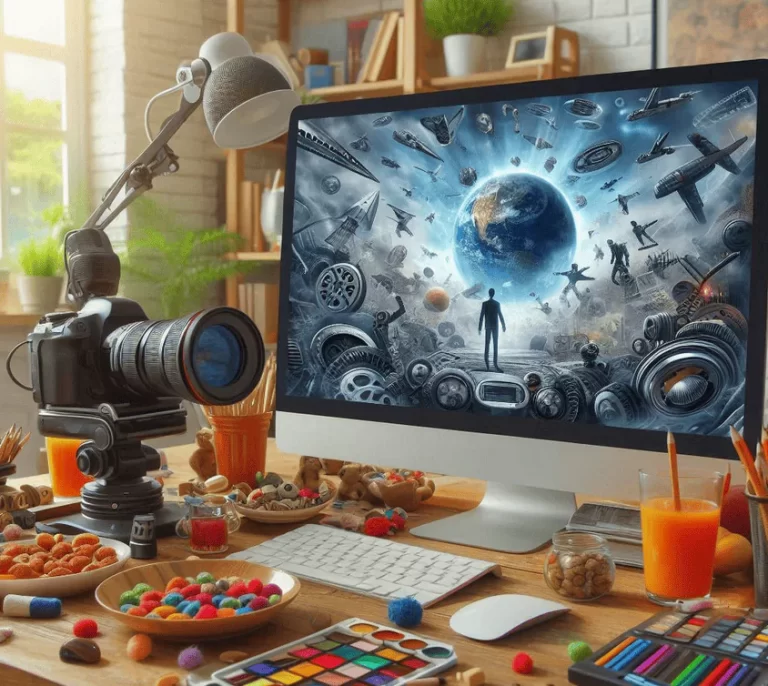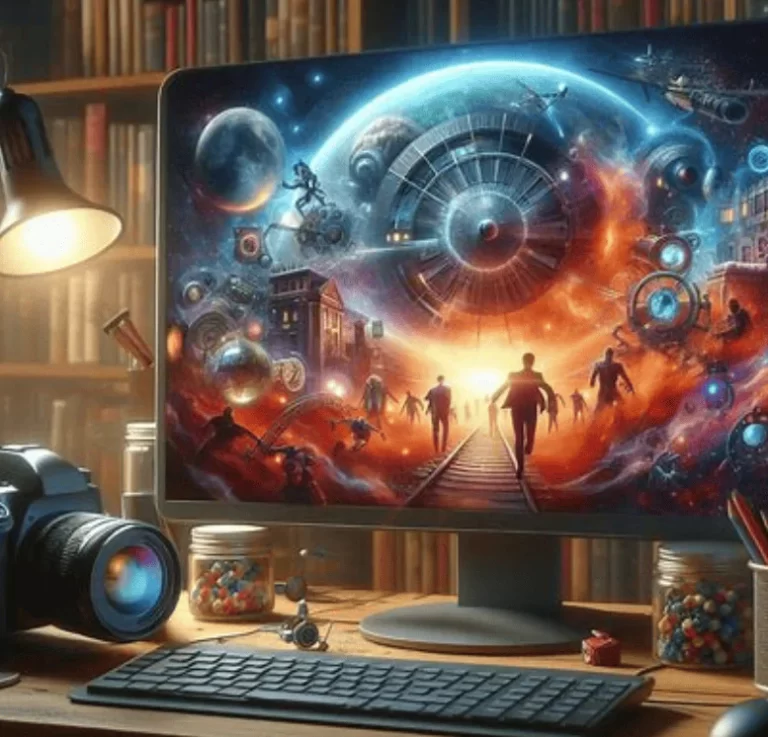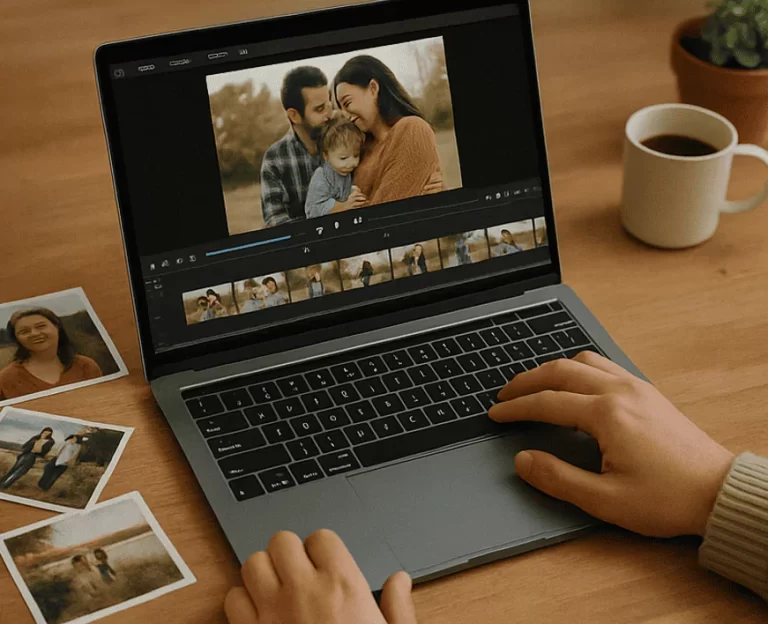
Music consumption The world of music consumption has evolved drastically over the past few decades. From vinyl records spinning in living rooms to CDs being carried in car stereos, and now to streaming services accessed from smartphones and smart speakers, the way we interact with music has been shaped by technology and cultural shifts. As we move further into the 21st century, the trajectory of music consumption suggests even more dramatic changes on the horizon. This exploration delves into the ongoing evolution of how we experience music, from the past to the present, and into the future.
In the early 2000s, music piracy was rampant, and the industry had to recalibrate in the face of digital disruption. The emergence of platforms like Spotify, Apple Music, and YouTube ushered in the era of streaming, changing the way artists and consumers interacted with music. Streaming now accounts for a dominant share of global music sales, replacing physical media and digital downloads as the preferred mode of music consumption. But what does the future hold? What new technologies, trends, and behaviors are shaping the music consumption landscape?
The Rise of Streaming Services Music consumption
Before diving into the future of music consumption, it’s essential to understand the rise of streaming services, which have dominated the industry for over a decade. Streaming has not only disrupted the traditional music industry but has also redefined how music is distributed, consumed, and monetized.
1. Streaming’s Dominance in the Music Industry
The switch from physical media to digital downloads seemed inevitable in the early 2000s, but streaming took things a step further. Services like Spotify, Pandora, and Apple Music enabled users to access an almost limitless catalog of music for a fixed monthly fee or even for free, with ads. The success of streaming platforms has led to an impressive reduction in piracy, as these services provided an affordable and accessible alternative to illegal downloads.
- Global Growth: As of 2023, streaming services account for over 80{85970a4acf659a901c1f0be1b3a25e03b82200470f3bc7363d33eb12e73e90e4} of all music consumption revenue, with Spotify leading the charge as the most popular service worldwide.
- Personalization: With the help of machine learning, these platforms have revolutionized music discovery through personalized playlists like Spotify’s “Discover Weekly” and Apple Music’s “For You” recommendations. This shift has fundamentally altered the way users engage with music—no longer do we need to seek out albums or rely on radio stations; algorithms now guide our listening habits.
2. Streaming vs. Traditional Models
Before streaming, music consumption meant owning a tangible product, such as a vinyl record, CD, or digital download. With these formats, consumers had more of an investment in their music collections, often spending time curating their favorite albums and artists.
- Physical Ownership vs. Access: In the streaming era, music is no longer something people own—it’s something they access. This shift has sparked debates about ownership, with some people arguing that paying for a streaming subscription doesn’t provide the same emotional connection that owning a record or CD once did.
The Role of Artificial Intelligence and Machine Learning
As the technology behind streaming services continues to advance, artificial intelligence (AI) and machine learning are playing a central role in shaping the future of music consumption.
1. Personalized Listening Experiences
One of the key advantages of streaming platforms is their ability to deliver a highly personalized listening experience. AI algorithms assess user preferences, listening history, and even social behavior to recommend songs, albums, and playlists that a person is most likely to enjoy. This deep level of personalization is reshaping the way we consume music by enhancing discovery and keeping users engaged.
- Enhanced Discovery: As these algorithms improve, users are exposed to a broader range of music they might not have encountered otherwise, opening doors to niche genres and emerging artists.
- Predictive Playlists: Machine learning tools predict the mood or context of your music choice, creating playlists tailored to your day. Whether you’re working out, driving, or relaxing at home, AI can offer the perfect soundtrack for the moment.
2. AI-Generated Music
Beyond personalizing existing music, AI is beginning to create music itself. Several tools, such as OpenAI’s Jukedeck or Amper Music, are allowing users to generate unique tracks by feeding the software with parameters like tempo, mood, and genre. As AI continues to improve its understanding of musical theory and creative processes, it could alter the very nature of music consumption.
- Democratizing Creation: Aspiring musicians without formal training can now use AI to compose music, leveling the playing field and enabling more individuals to produce high-quality music with minimal effort.
- Customization at Scale: AI-generated music could even allow listeners to request music on-demand tailored specifically to their preferences, making music consumption even more personalized.
The Emergence of Immersive Audio Technologies
One of the most exciting developments in music consumption is the advent of immersive audio technologies. With advancements in spatial audio, virtual reality (VR), and augmented reality (AR), music is no longer confined to two-dimensional sound.
1. Spatial Audio and 3D Sound
Spatial audio, a technology that simulates a 360-degree sound experience, has become a game-changer for immersive listening. Platforms like Apple Music, Tidal, and Amazon Music now offer spatial audio tracks that provide a more natural and engaging listening experience.
- Enhanced Presence: Instead of the music coming from a fixed point in space (like traditional stereo sound), spatial audio allows users to perceive sound as if it’s coming from all around them. This creates a sense of presence and depth that transforms listening from a passive activity to an immersive experience.
- Mainstream Integration: The availability of spatial audio across different platforms, paired with high-quality headphones or supported devices, has the potential to elevate the experience of music consumption in the home, at concerts, or on the go.
2. Virtual Reality Concerts
In addition to immersive audio, virtual reality is pushing the boundaries of how people experience live music. VR platforms like Oculus and HTC Vive have introduced the concept of virtual concerts, where fans can “attend” live performances from anywhere in the world.
- Virtual Concerts and Music Festivals: Artists can perform live in virtual spaces, allowing fans to experience a concert from the comfort of their homes. These virtual events can include social features, such as chatrooms and avatar interactions, which further enhance the sense of community among listeners.
- Augmented Reality Music Videos: With AR technology, artists can create interactive music videos that allow viewers to engage with the content in entirely new ways. This could lead to a more immersive form of music consumption, where the audience actively participates in shaping the experience.
The Rise of Podcasts and Non-Musical Content
As the demand for on-demand audio content continues to grow, podcasts have become an integral part of the music consumption ecosystem. While they aren’t strictly music, podcasts have blurred the lines between entertainment, education, and media.
1. Podcasts as Complementary to Music
With the explosion of podcast popularity, many streaming platforms have expanded their offerings to include not just music, but spoken-word content as well. For example, Spotify has made a significant push into the podcast market with shows from big names like Joe Rogan and Michelle Obama.
- A New Type of Consumption: Podcasts give consumers more flexibility in their audio consumption habits. Rather than listening to music exclusively, many people now divide their time between music and podcasts, creating an audio ecosystem that’s diverse and dynamic.
- Expanding Audiences: By offering podcasts alongside music, streaming platforms can attract a broader audience, catering not just to music lovers but also to those seeking thought-provoking, informative, or entertaining spoken content.
The Impact of Blockchain and NFTs on Music Consumption
Another disruptive force that could change the future of music consumption is the rise of blockchain technology and non-fungible tokens (NFTs). While still in its early stages, blockchain and NFTs offer new ways for artists to monetize their music and connect with fans.
1. Direct Artist-to-Fan Transactions
Blockchain can eliminate intermediaries, allowing artists to sell music directly to fans, bypassing traditional record labels and streaming platforms. This decentralized model offers more transparency in revenue distribution and enables fans to directly support their favorite artists.
- NFTs in Music: With the rise of NFTs, musicians are exploring ways to sell limited-edition albums, concert tickets, or exclusive content as digital collectibles. These collectibles are stored on the blockchain, ensuring that they are unique and traceable.
- New Revenue Streams: NFTs and blockchain could provide artists with new revenue streams, such as royalties from resold music or collectible items, thus shifting the traditional model of music consumption.
The Future of Music Consumption: What Lies Ahead?
As we look to the future, several key trends are shaping the way we consume music, each of them contributing to a more personalized, immersive, and decentralized experience.
1. Artificial Intelligence and Enhanced Personalization
As AI continues to improve, we can expect music services to offer even more precise recommendations and customized listening experiences, revolutionizing music consumption on an individual level.
2. Immersive and Interactive Experiences
With the integration of spatial audio, VR concerts, and AR music videos, music consumption is transforming from a passive to an active experience. Consumers will not only listen to music but will experience it in 3D, engaging with it like never before.
3. A Shift Toward Blockchain and Decentralization
The increasing influence of blockchain and NFTs signals a shift toward greater artist control over distribution, empowering them to engage with their audience in direct and novel ways. This transformation could democratize the music industry, providing more power to artists and fans alike.
4. Music as a Service, Not a Product
The future of music consumption will likely move even further away from owning music to a more service-oriented model. Instead of purchasing albums or tracks, consumers may pay for experiences, access, and exclusive content, effectively treating music as an ongoing service.
Conclusion
The future of music consumption is dynamic, unpredictable, and full of possibilities. From the rise of streaming platforms to the integration of immersive audio technologies and AI-driven personalization, how we interact with music is being reshaped in profound ways. As new technologies such as VR, AR, and blockchain continue to evolve, we can expect even more radical changes in the way we listen to, discover, and engage with music. The future is not just about streaming—it’s about how music is experienced, shared, and monetized in an increasingly interconnected, immersive world. As these transformations continue to unfold, one thing remains clear: the future of music consumption will be as multifaceted and innovative as the music itself.



